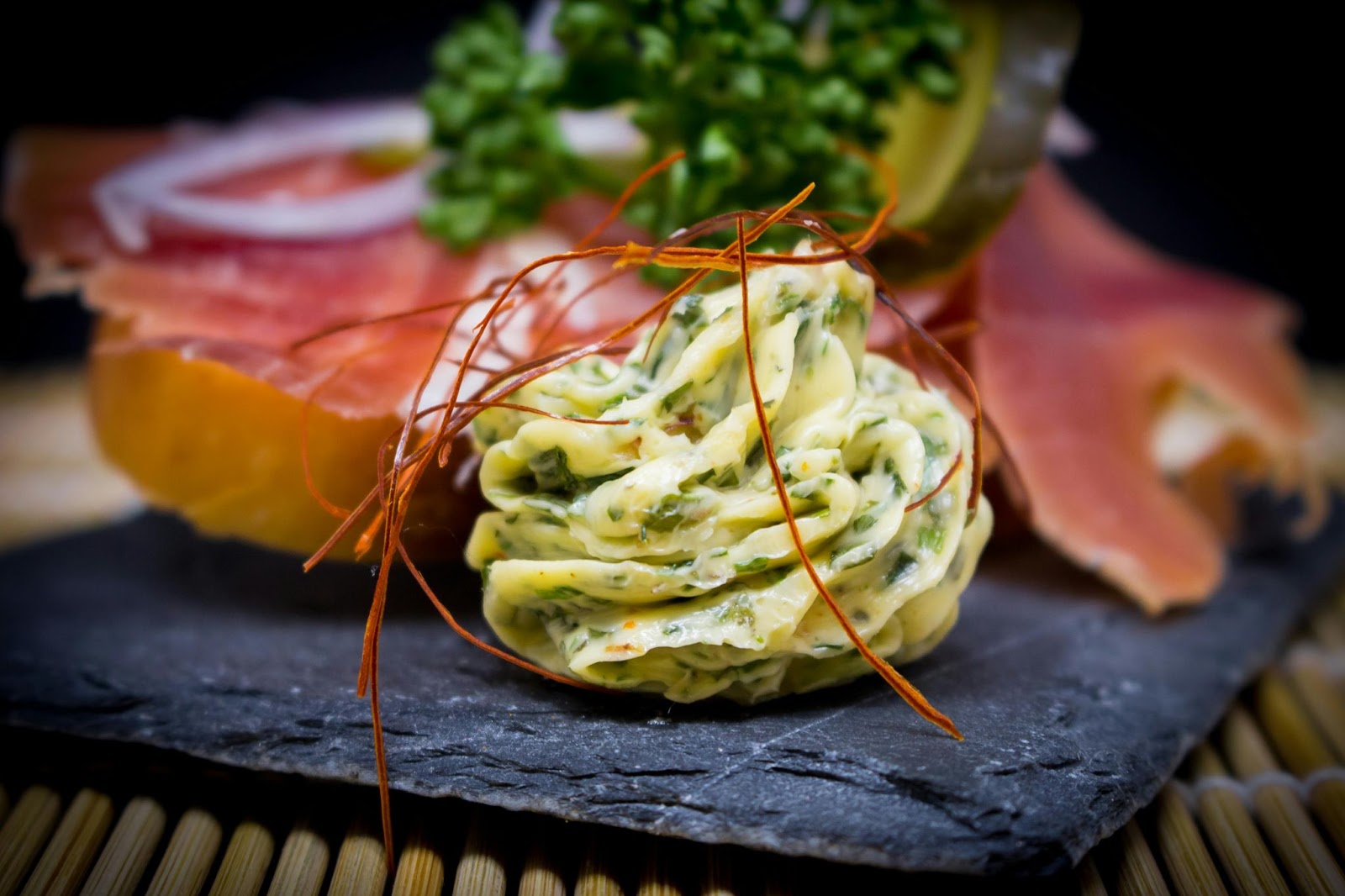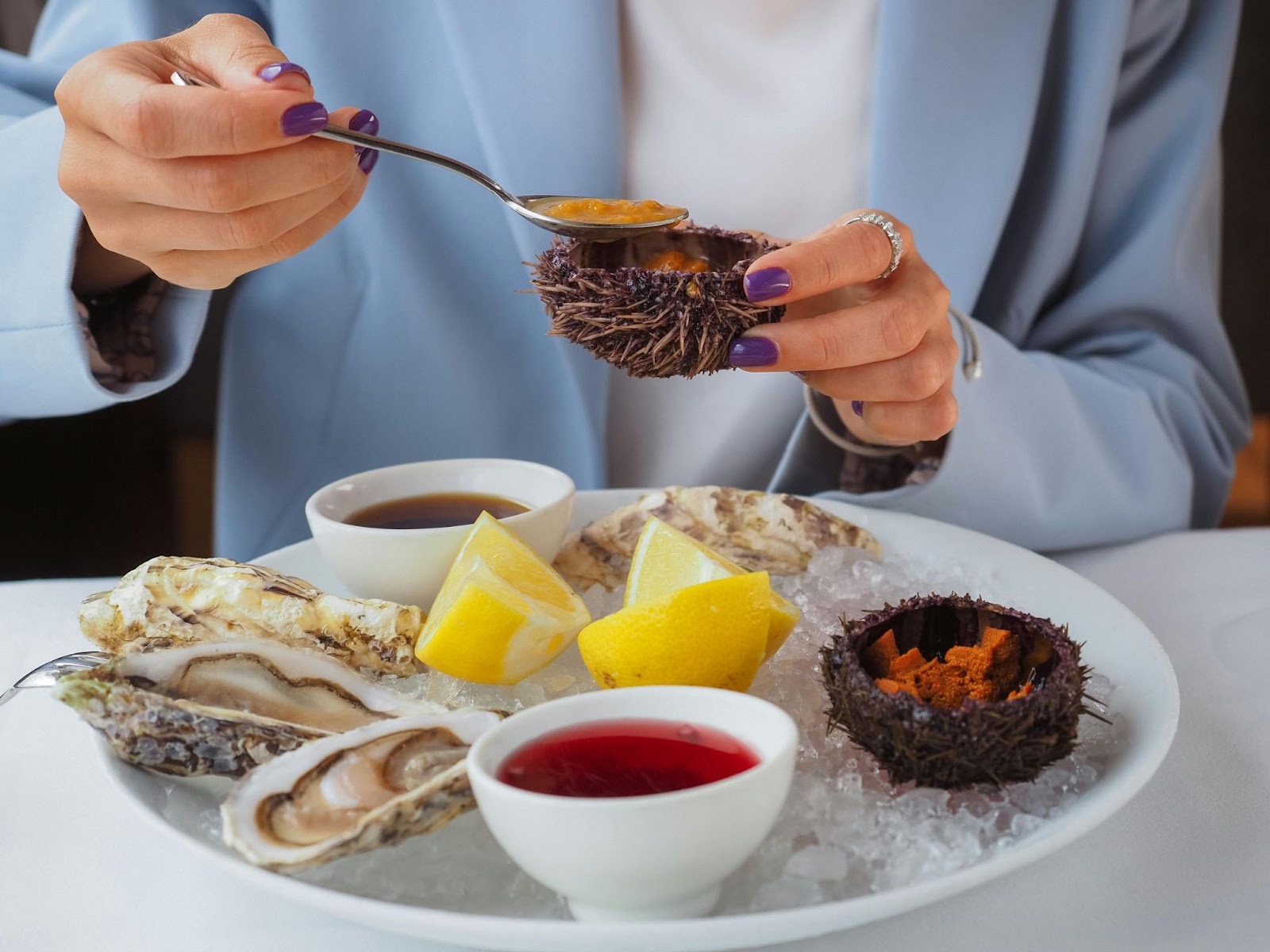 The World’s Priciest Delicacies: A Dive into the Most Expensive Foods
The World’s Priciest Delicacies: A Dive into the Most Expensive Foods
What’s the Most Expensive Food in the World
In the realm of gastronomy, rarity and exclusivity play a pivotal role in determining the price tags of the What’s the Most Expensive Food in the World. Ingredients that are scarce or difficult to procure often command exorbitant prices due to their limited availability. For example, the Yubari King melons from Japan are renowned for their extraordinary sweetness and scarcity, with a pair of these melons fetching thousands of dollars at auctions.
Beyond their monetary value, the most expensive foods in the world often carry profound cultural and historical significance. Delicacies like saffron, known as the world’s most expensive spice, have been treasured for centuries for their rich flavor and vibrant color. Saffron’s high price is not just a reflection of its scarcity but also of its esteemed status in various culinary traditions worldwide. Similarly, the legendary Kopi Luwak coffee, produced from beans excreted by civets, boasts a fascinating historical narrative dating back to colonial Indonesia.
 Delicacies at a Glance: Top Contenders
Delicacies at a Glance: Top Contenders
Saffron: The Red Gold
Saffron, often referred to as “red gold,” holds the title of one of the world’s most expensive spices. With its labor-intensive harvesting process, requiring delicate extraction of stigmas from crocus flowers, saffron’s scarcity drives its high price. In the culinary realm, saffron lends dishes a distinct flavor, aroma, and vibrant color, making it a prized ingredient in various cuisines worldwide.
Caviar: The Opulent Eggs
Caviar, renowned for its luxurious status, consists of salt-cured fish eggs, primarily sourced from sturgeon. Its exclusivity stems from the limited availability of sturgeon species, coupled with the intricate and time-consuming process of harvesting and processing the delicate roe. Often associated with high-end dining and prestigious events, caviar’s exquisite taste and texture elevate gastronomic experiences, commanding premium prices in the culinary world.
White Truffles: Earth’s Hidden Treasure
White truffles, hailed as “Earth’s hidden treasure,” are a sought-after delicacy prized for their pungent aroma and distinctive flavor profile. Found underground near the roots of specific tree species, primarily in regions like Italy, white truffles require skilled foragers and specialized techniques for harvesting. Their short growing season and unpredictable availability contribute to their steep prices, making them a symbol of luxury and decadence in gourmet cuisine.
 Where to Find These Culinary Luxuries
Where to Find These Culinary Luxuries
High-end restaurants around the world pride themselves on offering exclusive dishes that feature some of the most expensive foods known to culinary enthusiasts. From rare white truffles showcased in decadent pasta dishes to luxurious caviar served with precision and flair, these establishments spare no expense in sourcing the finest and most coveted ingredients to create unforgettable dining experiences for their discerning clientele.
For those looking to bring a taste of luxury into their own homes, specialized gourmet stores and online marketplaces offer a wide range of the world’s most expensive foods. From prized Yubari King melons to the delicate threads of saffron, these outlets cater to connoisseurs seeking to elevate their culinary adventures. With just a few clicks, enthusiasts can access these rare delicacies and indulge in the opulence that defines the world of high-end gastronomy.
 The Future of the Exquisite and Exclusive
The Future of the Exquisite and Exclusive
Global markets play a pivotal role in defining the future trajectory of What’s the Most Expensive Food in the World. The relentless demand for luxury food items continues to shape the market dynamics, influencing prices and availability. As international trade networks expand, delicacies once considered regional treasures are now accessible to a broader audience. This globalization amplifies competition, driving producers to innovate their cultivation and harvesting techniques to meet escalating demands while maintaining the elite status of their products.
High-end dining establishments cater to a discerning clientele that values both tradition and novelty. The intersection of global influences and local traditions creates a rich tapestry of flavors that tantalize the taste buds of connoisseurs worldwide. The interplay between cultural heritage and contemporary culinary trends fosters a dynamic environment where classic delicacies coexist with avant-garde creations, offering a diverse and ever-evolving gastronomic experience.